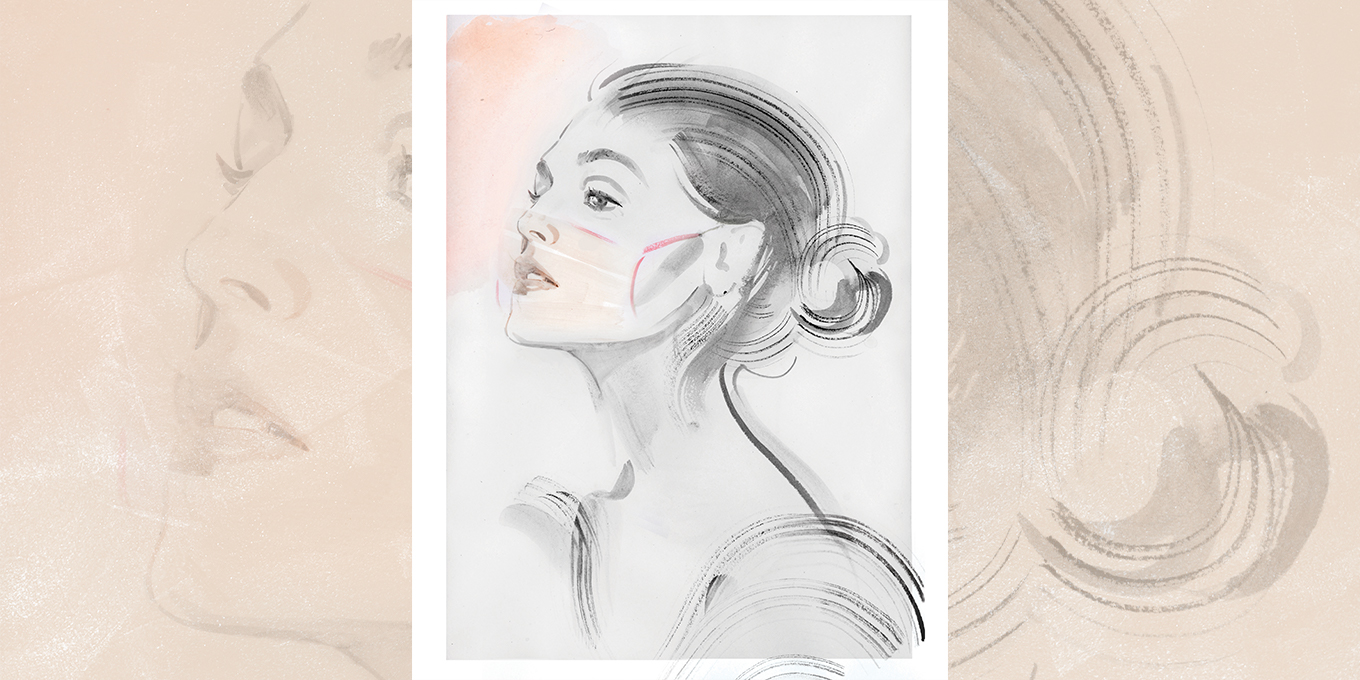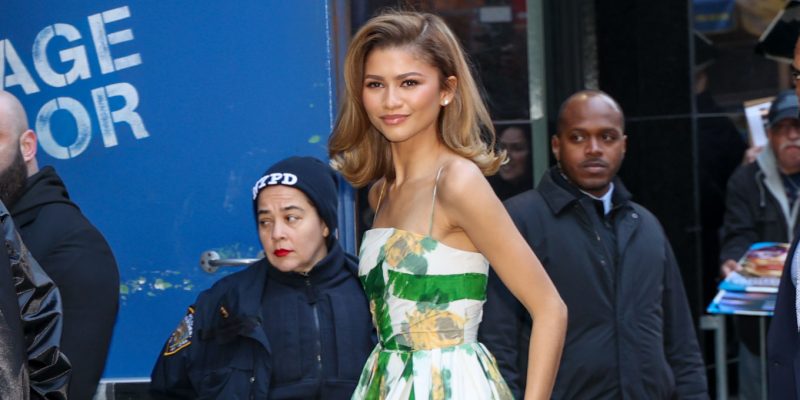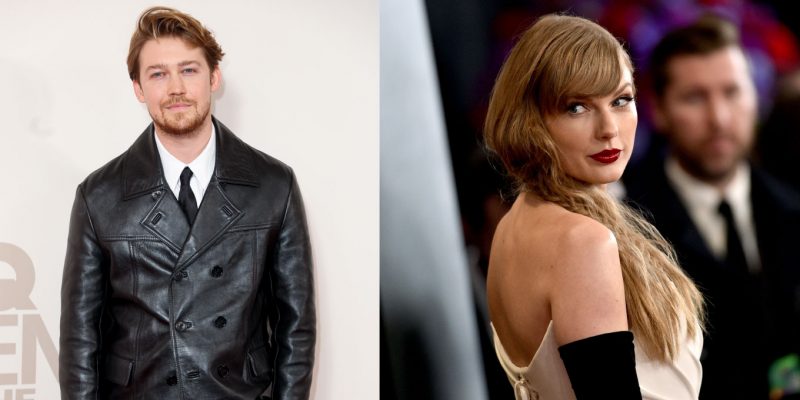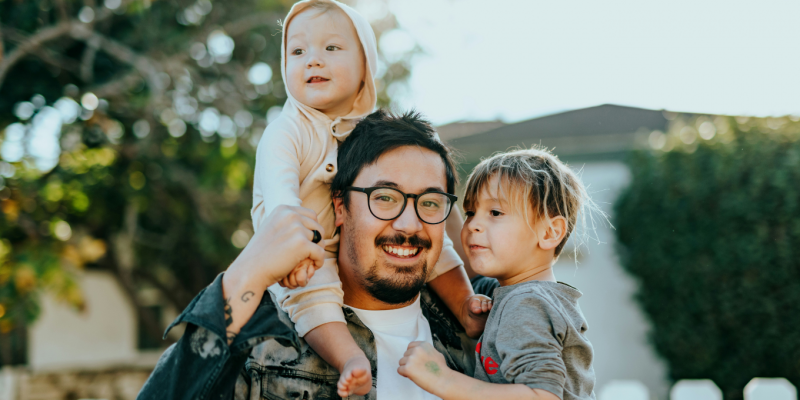Society
What Is the Future of Communication in a Masked World?
What we say and how we say it matters more than ever.
by : Erica Ngao- Aug 19th, 2020

Elena Viltovskaia
One of my clearest memories of life before COVID-19 hit is of one last delicious moment of normalcy. My friends and I lined up for ice cream at a popular spot in Toronto and then walked to a bustling park a few blocks away, savouring the first springlike day of the year. Little did I know that within a week, the province of Ontario would declare a state of emergency. A month later, on my first quarantine-era outing, I was tensely manoeuvring through the grocery store as quickly as I could, breathing anxiously into a pale-blue disposable surgical mask. As I looked around at the other masked faces, I felt disengaged – locked away behind a clinical barrier on my face that muffled my voice and hid any attempt at a reassuring smile – and realized dispiritedly that this would be life from now on.
Masks are no longer an optional part of our lives, cautions Dr. Melissa Yuan-Innes, an emergency physician in Ontario who wears a mask for 10 hours at a time during shifts. Cities across the country have now made masks mandatory for indoor public spaces, and the nation is bracing for a potential second wave without the promise of a vaccine. “Even if a vaccine passes the trials, it then has to go through manufacturing and distribution,” she says. “That’s quite a long timeline.” So as we attempt to hold everyday conversations at a couple of metres apart and through a tangle of masks, plastic face visors and plexiglass shields (there are only so many video meetings one can take before succumbing to “Zoom fatigue,”afterall), how do we maintain the social connections that are essential for staying resilient in uncertain times?
Well, while we might get a rush if a joke scores a grin, research shows that eye contact is actually what’s key to a meaningful conversation. “And we are quite accurate in estimating other people’s emotions just by looking in their eyes,” says Susan Holtzman, an associate professor of psychology at the University of British Columbia (Okanagan). If you think of communicating while wearing a mask like a paint-by-number picture – with a colour for every signal, from eye contact and posture to tone and cadence – there may be a blank area where a smile would go, but there will still be enough colour to allow you to interpret the whole thing.
“If we reframe the mask as a symbol of action in the name of the collective good – rather than as a divisive political statement or an inconvenience – then settling into this inevitable new future won’t be as hard as we imagine.”
The one blind spot that is slowly being addressed, however, is that, once again, marginalized communities are being hit hardest. Racialized people face additional stress when it comes to wearing a mask as it makes them even more vulnerable to racism. “A mask holds different significance depending on who’s wearing it,” says Jasmin Zine, a sociology professor at Wilfrid Laurier University. “The meaning is attached to you, but you aren’t in control of it.” The mask has become associated with long-standing racist stereotypes, such as Asian people being harbingers of disease, and has ushered in ugly consequences: Anti-Asian discrimination and hate crimes have risen during the pandemic, while Black people – who have been disproportionately impacted by COVID-19 – have legitimate fears that wearing a mask could lead to further harassment or profiling.
Certain people, such as those with hearing impairments or those who have difficulty perceiving social cues, will also have greater challenges trying to communicate through masks. Innovative solutions, however, like masks with a clear panel at the mouth to allow for lip reading or programmable LED lights that can display messages or symbols, are cropping up to bridge this gap. Holtzman warns that regardless of what kind of mask a person may be wearing, not everyone can hear or understand you perfectly and recommends checking in with the person to see what they need and whether they might need you to repeat yourself or use more hand gestures. After all, as the act of slipping on a mask becomes second nature, so, too, should the habit of being considerate of the people we’re wearing the mask to protect.
If we reframe the mask as a symbol of action in the name of the collective good – rather than as a divisive political statement or an inconvenience – then settling into this inevitable new future won’t be as hard as we imagine. It may even be an opportunity for us to become better, more inclusive communicators. “Maybe we’ll learn to slow down or speak up,” says Yuan-Innes. Then, at the end of it all, when we can finally leave our masks behind as we head out into the sun, perhaps we’ll carry a greater sense of empathy and patience.
This article originally appeared in the September 2020 issue of ELLE Canada, which is on newsstands across Canada on August 17 and on Apple News+. Subscribe here.
READ MORE:
What Does the Future Hold Post-COVID-19?
5 Young Canadian Activists on Doing the Work and the Impact of COVID-19
Newsletter
Join our mailing list for the latest and biggest in fashion trends, beauty, culture and celebrity.
Read Next

Fashion
Zendaya Welcomes Spring in a Retro Floral and Tulle Dress
Another day, another preppy tennis-core look.
by : Briannah Rivera- Apr 23rd, 2024

Culture
A Joe Alwyn Source Explains Why He Didn’t Want to Talk About Dating Taylor Swift
Following the release of The Tortured Poets Department, new insight about the British actor’s decision emerges.
by : Alyssa Bailey- Apr 23rd, 2024

Culture
This University Elevates Women to New Professional Heights
You shouldn’t have to pause your life to move forward in your career.
by : ELLE Canada- Apr 16th, 2024




